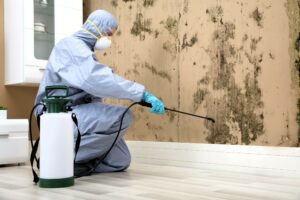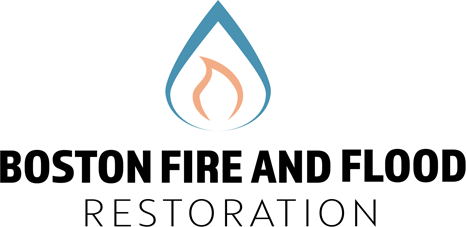Tools and Techniques in Professional Mold Remediation: Mold, a common yet serious issue in many homes, demands more than just a cursory clean-up; it requires professional remediation. Understanding what professionals use for mold remediation can offer insights into the complexities of mold treatment and highlight why expert intervention is often necessary.
To effectively address mold, professionals utilize advanced remediation tools such as air movers, dehumidifiers, HEPA air scrubbers, and EPA-approved chemicals like Concrobium and hydrogen peroxide, ensuring safe and thorough removal from various surfaces.

The Essentials of Mold Remediation
Mold remediation goes beyond simple removal; it’s about creating a safe and healthy environment. While DIY methods might seem tempting, professional approaches are typically more thorough, involving specialized equipment and chemicals.
Professional Equipment for Mold Remediation
Professionals rely on a suite of tools to effectively combat mold.
Air Movers and Dehumidifiers: These tools are crucial in controlling indoor humidity, one of the primary factors in mold growth. Air movers enhance airflow and expedite the drying process, while dehumidifiers reduce moisture levels in the air, creating conditions unfavorable for mold.
HEPA Filter Air Scrubbers: These devices filter mold spores from the air, capturing particles as small as 0.3 microns. By purifying the air, they prevent the spread of mold to other areas during the remediation process.
Moisture Meters: These instruments help professionals assess the moisture content in various materials, enabling them to identify and target problem areas more effectively.
Chemical Solutions Used by Professionals
Concrobium and Hydrogen Peroxide-Based Agents: Known for their high efficacy and safety, these solutions are a staple in the mold remediation process. They effectively kill active mold growth without leaving harmful residues.
Application Techniques: Professionals apply these chemicals meticulously, ensuring thorough coverage and penetration, which is key to preventing mold recurrence.
Specialized Techniques for Different Surfaces
Treating mold varies depending on the surface affected.
Mold Removal from Wood: Products like RMR 86 are used for their deep-penetrating action, which is crucial for wood surfaces.
Drywall and Furniture Mold Removal: Techniques involve ensuring proper ventilation and using products that are effective yet gentle on these materials.
Leather Mold Treatment: Products like Goldmorr are used for their ability to treat mold without damaging the leather.
Preventive Measures and Post-Remediation Practices
Post-remediation, professionals often employ dehumidifiers to maintain low humidity levels. Sealants are also used to make treated areas resistant to water damage and future mold growth.
Conclusion
Understanding what professionals use for mold remediation underscores the importance of expert intervention. For effective and lasting mold removal, professional assessment and treatment are key.
FAQ Section Tools and Techniques in Professional Mold Remediation
Q1: What is the most effective mold removal product used by professionals?
Professionals often prefer Concrobium and hydrogen peroxide-based agents for their effectiveness and safety profile.
Q2: How do professionals ensure complete mold eradication from walls?
By using HEPA vacuums and specialized cleaning agents, professionals can thoroughly remove mold from wall surfaces.
Q3: Is professional intervention necessary for black mold removal?
Yes, due to the potential health risks associated with black mold, professional removal is strongly recommended.
Q4: Can mold be permanently removed from homes?
While mold can be effectively removed, ongoing preventive measures are essential to prevent its recurrence.
Q5: What preventive measures do professionals recommend post-remediation?
The use of dehumidifiers and application of sealants are common recommendations to prevent future mold growth.
